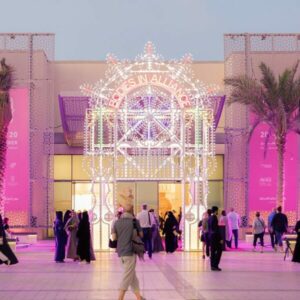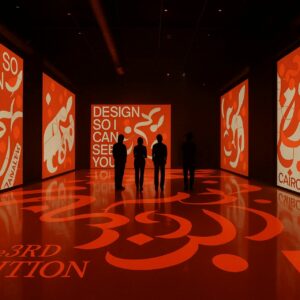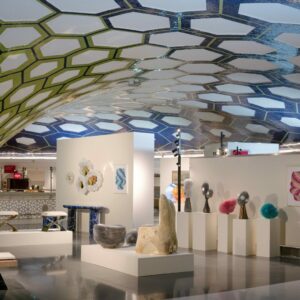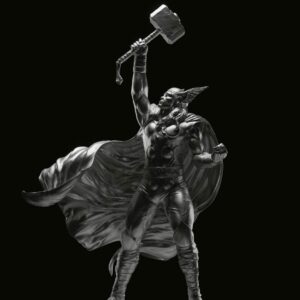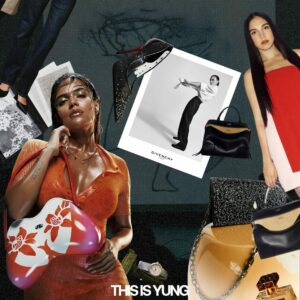At this point, we’ve all heard about Rama Duwaji (Instagram) the future First Lady of New York, but did you know she’s the new It Girl?
Three years ago, YUNG sat down with the New York-based Syrian illustrator and designer. At the time, she was freelancing between animation projects, working with VICE, Cartier, Spotify and the BBC, and quietly building a practice rooted in sisterhood and the visibility of women of colour in healing spaces. She spoke about balancing client work and personal projects, discovering ceramics, and resisting the pressure to monetise every creative impulse. “It’s tricky as an artist,” she told us then. “You don’t want to monetise all your hobbies, otherwise it becomes really stressful.”
When the headlines recently called Rama Duwaji the future First Lady of New York, the art world exhaled, partly in amusement, partly in anticipation. Not because the city is gaining a political spouse, but because it’s about to have an illustrator, animator, and ceramicist with a Syrian-American gaze at its cultural core.
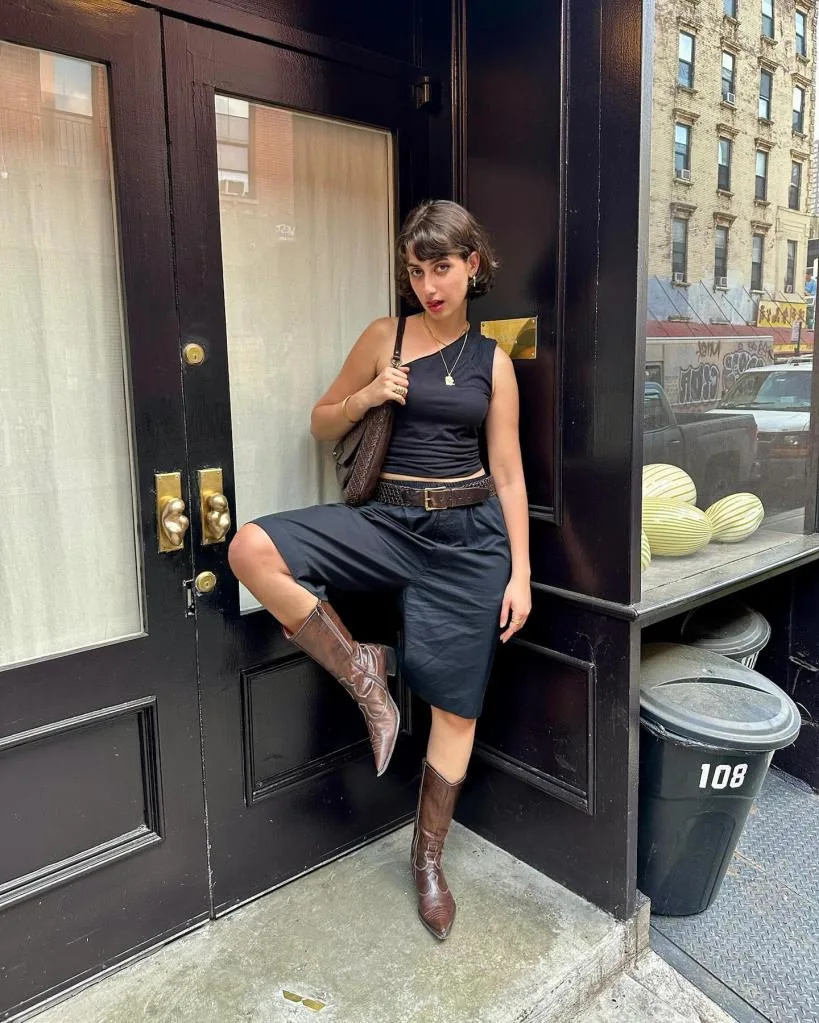
Duwaji, born in Houston and raised between the Gulf and the internet, represents a new generation of It Girls – women whose influence is built on creativity, intellect, and authorship rather than visibility. Her work moves between illustration, motion, and clay, each medium a vessel for empathy. She has drawn for The New Yorker, The Washington Post, the BBC, Apple and Spotify, yet her portfolio never flattens into the commercial. Instead, she sketches the subtle politics of identity, belonging, and beauty, the resilience of Arab womanhood, rendered in colour palettes that hum with tenderness.
At twenty-seven, Duwaji has already done what many artists spend a career chasing: made her practice feel necessary. Her illustrations on Palestine, Sudan, and migration don’t sermonise; they translate outrage into intimacy. They circulate like modern folklore – passed between screens, shared in solidarity. In a world of algorithms, Duwaji draws to remember.
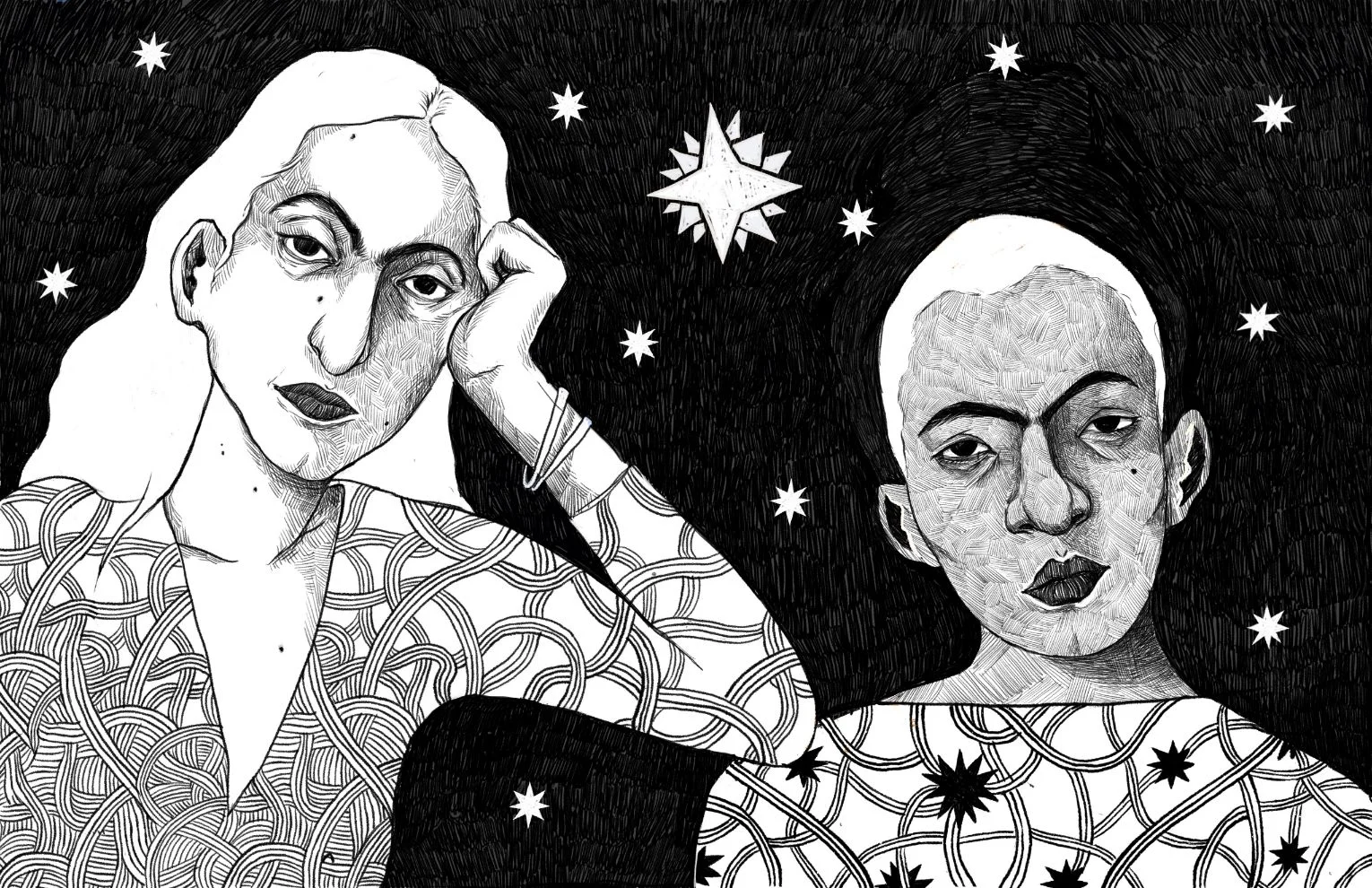
That she is married to New York’s incoming mayor, Zohran Mamdani, seems almost incidental. If anything, her presence unsettles the tired narrative of political wives as ornamental, she’s not an accessory to power, but an expansion of it. A creative who can sit in the art studio and on the civic stage, and make each richer for the other.
There’s something refreshing about how unbothered she seems by the performance of importance. Even in our early interview, she spoke about community, not celebrity; about care, not clout. “I used to want my work to move everyone,” she once said. “Now I just want it to move someone – the people who need it.” It’s the kind of statement that defines a generation of artists who grew up online yet resist the easy metrics of virality.

To call Duwaji the First Lady feels almost limiting. She’s more like a mirror of what creative leadership could look like in a city built on diaspora, where an artist’s instinct for empathy might matter more than political polish. If power can be soft, if diplomacy can be visual, she’s the prototype.
But more than that, Duwaji represents a new kind of It Girl – one whose appeal lies in intellect, creative authority, and independence. She’s part of a generation of women who define themselves on their own terms, uninterested in being framed as extensions of their partners. Her marriage may have made her more visible, but not more relevant. She was already relevant. Duwaji’s identity as an artist, thinker, and cultural figure stands entirely on its own, a reminder that charisma today isn’t about association, it’s about authorship.
In a time when so many public figures seem overly rehearsed and practiced in how they appear to us, Duwaji’s presence reads like a new vernacular: one that blends the visual intelligence of the MENA art scene with the grounded intimacy of a sketchbook. Before much of the world knew her name, YUNG did – and we can tell you this much: she’s still the same artist, only now, the city is paying attention.
Read our 2022 interview with Rama Duwaji here





